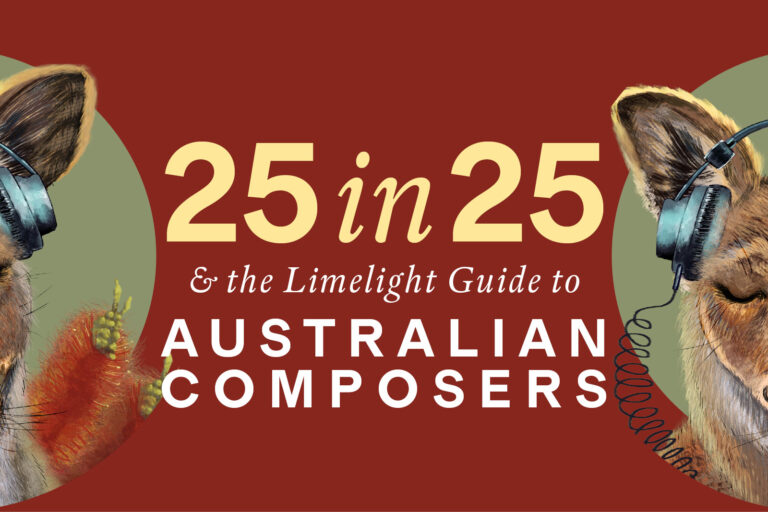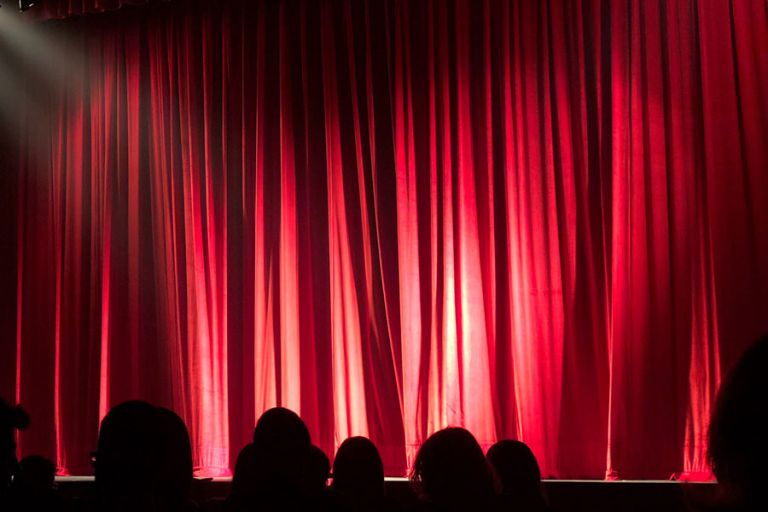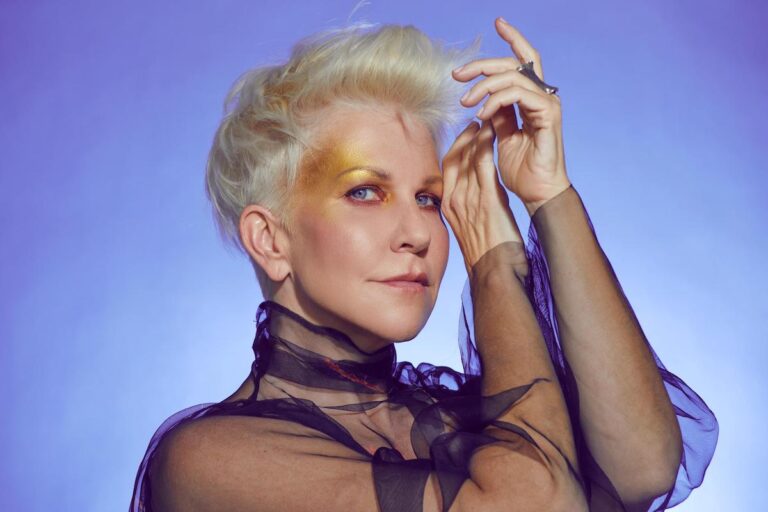Jakub Hrůša’s inaugural production as music director of London’s Royal Ballet and Opera should have come across as a seamless changing of the guard, but there was little about the premiere of Oliver Mears’ chilling new staging of Puccini’s Tosca that suggested business as usual.
Weeks of negative headlines plus a significant and vociferous demonstration outside the house were a sign that Anna Netrebko was in town. Days before opening, the Ukrainian Ambassador had gone public with a searing indictment of Covent Garden’s decision to employ a singer tainted by past associations with Putin’s extraterritorial ambitions.
So, was it all worth it in the end? Well, yes and no. At 53, Netrebko’s voice has darkened with the middle and lower registers sounding clotted at times, matronly even. The top, however, has retained much of its brilliance, though the vibrato is broader and there’s a harsh edge at times.
Nevertheless, she is able to exert sufficient control to serve up some electrifying moments, not least an emotionally poised end to Vissi d’arte – which brought the house down on opening night – and a visceral execution scene. Seldom has Tosca’s final cry raised as many goosebumps.

Anna Netrebko in Tosca. Photo courtesy Palace Opera & Ballet
The interpretation has deepened in the seven years she has been singing the role, though the jealous diva of Act I remains an unsympathetic caricature. From the great Act II aria onwards she finds her feet, clubbing Scarpia with a free-standing ashtray before laying into him with a dinner knife (the unceremonious way she dumps her bouquet on his corpse is priceless). The horrified realisation she has been cheated is visceral; the smashed window and desperate leap are convincing.
She’s strongly partnered here by Freddie de Tommaso’s gung-ho Cavaradossi and Gerald Finley’s silken-voiced yet exceptionally unpleasant Scarpia. De Tommasso, darkly baritonal but with a del Monaco ring and Corelli-like passion, sings with ample heft and enormous enthusiasm, though he is occasionally wayward.
Finley, looking like a cross between Himmler and Don Vito Corleone, instructs his henchmen with a flick of the chin, dabbing endlessly at sweaty neck and palms. In his leisure time, he watches executions via CCTV while eating out of an al foil tray. It’s not easy to get your hand up a diva’s ballgown, but he certainly gives it a go.
Among the supporting cast, Ossian Huskinson’s rich-toned Angelotti and Alessandro Corbelli’s curmudgeonly, ad libbing Sacristan stand out.
Mears’ staging, which replaces Richard Eyre’s much-loved period piece, brings Puccini’s thriller bang up to date while retaining a certain timelessness.
Simon Lima Holdsworth’s bombed out church makes a striking opening image. Later, the Te Deum procession, breathtakingly lit by Fabiana Piccioli, is halted by explosions as debris falls from the ceiling.
With Ilona Karas’s contemporary costumes we could be in Kosovo or, ironically given Netrebko’s presence, modern-day Ukraine.
In Act II, Scarpia’s spartan quarters are dwarfed by Mussolini-era marble and gold, while the Castel Sant’angelo rooftop of Act III becomes a grisly slaughterhouse where guards rob the prisoners and underlings sluice down blood-spattered tiles (warning, there’s a graphic murder just before E lucevan le stelle that is definitely not for the squeamish).
As for Hrůša, it’s an auspicious debut with orchestra and chorus on terrific form (warm strings and pugnacious lower brass especially so). It’s refreshing in these hectic-paced times to find a conductor who doesn’t feel the need to step on the gas in order to emphasise dramatic points and his spacious, yet detailed reading is impressively monumental. Textures are unmuddied, fortes blaze forth, with well-judged pauses and plenty of romantic sweep.
The Netrebko issue aside, this Tosca is definitely one to catch.
Tosca screens nationally in cinemas 25, 26 and 29 October. Visit this link for cinemas and sessions.











Comments
Log in to join the conversation.